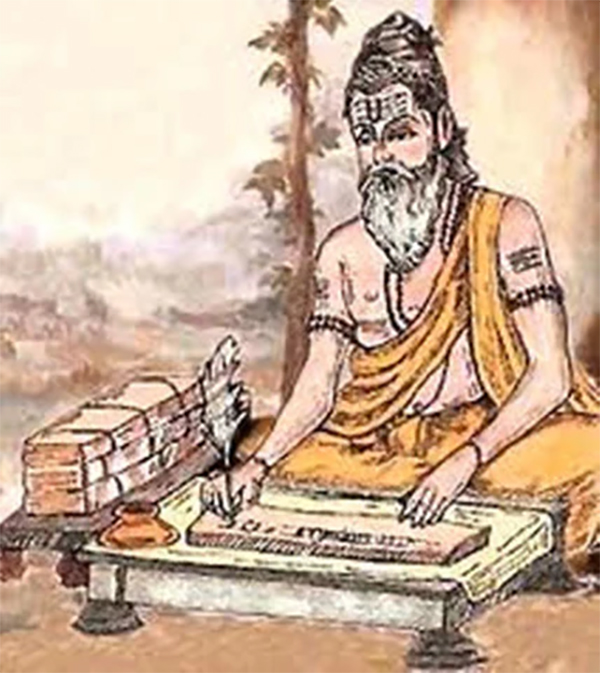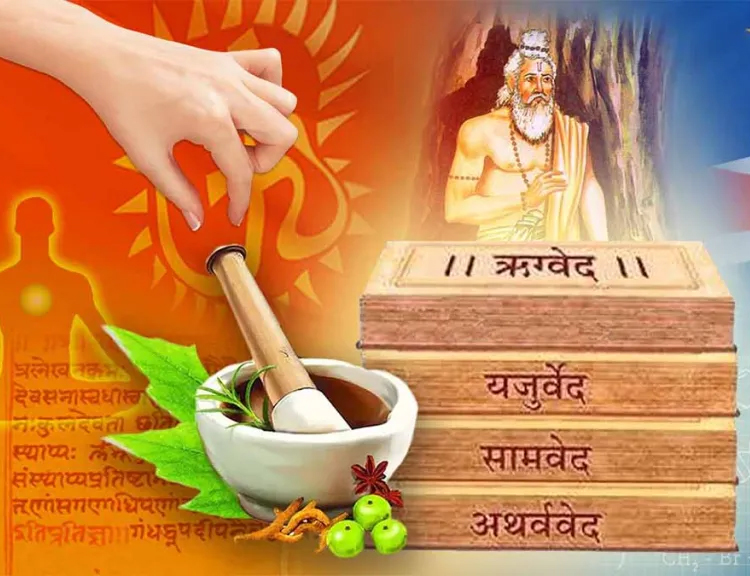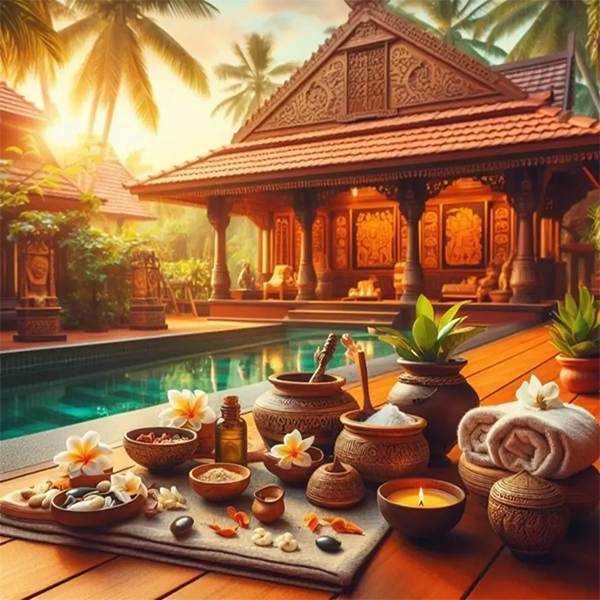
It is recommended that you update your browser to the latest browser to view this page.
Please update to continue or install another browser.
Update Google Chrome
It is recommended that you update your browser to the latest browser to view this page.
Please update to continue or install another browser.
Update Google ChromeWelcome to Super Day - Healthy Living, Everyday with Superday!

Ever since human race came into existence, the necessity and imperativenes to retain healthy and have long life was understood well. As these were practised, the way and means to cure the ailments were also developed. Over the year, these practices turned into different ‘system of medicine’. Today we can identify many such ‘system of medicine’ or ‘medical sciences. The origin of ayurved, can however be traced back to more than, 5000 years .the science that originated basically to guide the mankind to live a long healthy life ,also dealt with the reason for health to get affected and goes on to suggest means to keep the body as well as mind in the best possible state. The methodologies and substances that can help the body and mind get into the best of health has taken a beating due to various reason like improper diet, behavior, mental set up so on –are also elaborated .it is a science that has been preached and practiced for generation. Excavations by archaeologists have revealed that there were three world famous universities teaching ayurved-all located in ancient india, namely ‘takasheela’and ‘nalanda’. Student from all over the world studied in these universities and through them, the principles of ayurveda spread to many other countries .other system of medicine developed taking inspiration from ayurved that was learnt by foreign students from india carried all over the world . Ayurved ,therefore can be considered –in true sense –the ‘mother of all medical science ’
Vedas are the most ancient, classic texts known to mankind .there are four vedas namely rhugved, yajurved, samved and atharvaved. It can be said that ayurved –in written first found in vedas. In all of them ‘ashwini kumar’s famously mentioned as ‘dev vaidya’ or ‘ayurvedic physicians of gods’. Ayurved finds its mention in all the four vedas –in the form or the other. Ayurved is elaborately explained in the last of the vedas-atharvaved which is the first health science. It is the composed in a manner that would help humans understand-their body as well as mind ,explain to normals function ,the cause responsible for disturbance in the function ,how to set disturbance right and also how to attain moksha –a state where the soul get liberated .it also has detailed description of principles of ayurved,types of treatment along with elaborate explanation of over 200 medical plants .in addition to this,atharvaved also encompasses the information of the body ,various parts and organs along with important processes observed in a living human being like digestion ,circulation ,reproduction etc. .ayurveda is therefore, considered upaved of atharvaved and also named and is also called as ‘pancham ved’ or the fifth ved.


Ayurved in Ancient Epics Ayurved Is Also Found Mentioned In Ancient Epics Such As Ramayana Or Mahabharata. These epics Talk about Skills of Ayurvedic Physicians As well As Medicinal Herbs Used by Them: Most Famous Example Being That ‘Sanjeevani’ (a lifesaving Herb) Mentioned in Ramayana.
Ramayana’ Scripted By Maharshi Valmiki Is Considered As the Most Ancient Epic in the History of World Literature. References of Ayurved Can Be Found Thoughtout This epic. Few of Them Are
Mention of two types of diseases physical and mental along with their causes. Mention of famous vaidyas in different specialities at that time like krishnatreya who was physicians. It has mentioned shaliotra who was a specialist in diseases of horse. Kashyap who was specialist in treating snake poisoning .basic principles of ayurved such as panchamaha bhoota. Three types of mental constitutions(satvik,rajasikand tamsik), three dosha (vata ,pitta,kapha) are also mentioned in mahabharata along with diseases like jwara (fever) detailed description of various types of poisions ,their effects on body as well as the appropriate antitodes for them.
The Tradition Of Ayurved Goes Thousands Of Years Back. In Earlier Times, Transfer of Ayurvedic Knowledge Was Only through Verbal Communication Between ‘Guru’ Or the Enlightened Teacher and Shishya or the Student .The Continued For Years Till Script Came Into Existence. The First Written Ayurved Text Is Belived To Be ‘Sushrut Tantra’ Which Was Available In 2000 B.C. It is said To be 4000 Yrs Old as per the Geological Interpretation .Here Some Of The Most Followed Texts Of Ayurvedic Medicine.
Charak Samhita available today has been completed in three steps. It started with Agniveisha the student of Aacharya Aatreya. He scripted a treatise known as 'Agnivesh Tantra' somewhere in 1000B.C, in which he has explained various subjects of Ayurved in the form of concise quotes. Aacharya Charaka did the elaboration of these quotes in Agnivesh Tantra. He prepared mainly in prose changing its total appearance but not the ethos or the content. After this till the date this book is known as Charak Samhita' which dates back to 100 A.D. Third reformation was done by Aacharya Dridhabal (400 A.D.) who added the topics which were missing from Charak Samhita available at that time. This treatise is recognized as the first systematically documented text of Ayurvedic Medicine. Attributes of Charak Sambita Charak Samhita is considered as the epic text of Kayachikitsa or Internal Medicine. Along with basic Principles of Ayurved, it has detailed description of number of diseases, methods of diagnosis and treatment modalities. Pachakarma, the specialty branch of Ayurved recognized all over the world today, has been thoroughiy described in terms of techniques it uses, to whom it should be given, by whom and how, its benefits and untoward effects if not properly used and remedies for the same have atso been described. It has classified the medicinal herbs for the first time based on its action. It has classified the things used in day to day diet such as vegetables, grains, legumes, dairy products, etc. and has described properties of each of them along with the preparation and form in which it should be used.
Sushrut Samhita avallable today has been completed in four steps. Vriddha Sushrut, a student of Lord Dhanvantari himself has scripted 'Sushrut-tantra' around the period of 2000 B.C. The second revision was done by Aacharya Sushrut in 200 A.D. who added the topics like treatment of war time diseases (Sainik Chikitsa), methods of water purification, protection of kingdom, etc. After this revision it came to be known as Sushrut Samhita. The third reformation was done by Aacharya Nagarjuna in 500 A.D. who added Uttartantra which was not there in earlier version. The last editing was done by Aacharya Chandrat in 1000 AD who made text corrections to then available version of Sushrut Samhita and added topics which were of practicalus importance during his time.
Sushrut Samhita represents the school of Surgery in Ayurved. It has introduced some of the new topics which were not covered in earlier texts such as detailed description of instruments used for surgery, various types of bandages, surgical techniques and detailed description of diseases of ENT (Ear, Nase, and Throat). It has explained in great detail about various types of poisons, their effects on the body and their antidotes: Surgeries done by Aacharya Sushruta more than 2000 years ago still beats modern day doctors. In those days he did eye, ear surgeries, various plastic surgeries including rhinoplasty. That is why Sushruta is known as Father of surgery.
Aacharya Vagbhat (400 A.D.) combined the topics from Charak Samhita and Sushrut Samhita to produce a concise prose composition known as Ashtang Sangraha. This text consists of topics from Internal medicine (Kaychikitsa) as well as from surgery (Shalyachikitsa). 'Ashtang Sangraha' is based on Practical Approach. It has included the topics of current interest which are written in a language easy to comprehend even for the persons with medium intellect.
Hridayam (400 to 600 A.D) is a treatise written in a manner that could be remembered easily as it is less prose and poetic in nature. It has made studying Ayurved even easier. It initiated many new trends. Currentiy it is perhaps the most followed and practiced text book of Ayurved.
HIaa It is a composition that deals with the Nidan' or Pathology aspects of Ayruved wherein the diseases right from the causes to the etio-pathology and the consequent complications along with permanent deformities, if any, are explained in the great detail by keeping disease pathology (Nidan) as core subject. This book has given very practical tips for understanding disease pathology and making the diagnosis, It has explained the topics in easy and concise form. It has included description of some new diseases which were not mentianed in earller texts.
It is considered as one of the comparitively recent literatures in Ayurved which mairily deals with 'Panchakashay Kalpana' and its practical application in the field of Ayurvedic Pharmacy. It is written in compact form and to the point. It started many new and practical trends in Ayurvedic system of medicine. Some of them are as follows Nadi Pariksha(Pulse diagnosis), Inclusion on some of the medicinal plants for the first time eg. Opium, Cannabis as well.as some poisonous plants and animal products. Detalled description of medicinal formulation containing minerals and metals eg. Bhasma, Rasakalpa etc.
It is very descriptive text book of Ayurvedic medicine. It is famous for its Nighantu Part which has classified and described over 600 medicinal plants. It has included many new herbs which were not the natives of India but had been brought by foreigners. By 16th century some of the herbs described in ancient texts like Charak and Sushrut Samhita were becoming rare so Bhavaprakash has given the list of herbs having similar properties which can be used as replacement to those which are not available or have become extinct It has explained some of the diseases not mentioned in eariier texts such as Phirang (Syphilis) which were perhaps brought by foreign encroachment.
This Samhita mainly deals with Kaumarbhritya Tantra (Pediatrics). Though some part of it is lost over the years: It is perhaps the oldest treatise available which is mainly devoted to Kaumarbhrityaloosely translated as Pediatrics. It has detailed description of various pediatric diseases and methods of treatment. In addition to this It talks about topics such as appropriate toys for kids, gualities of the nanny, etc.